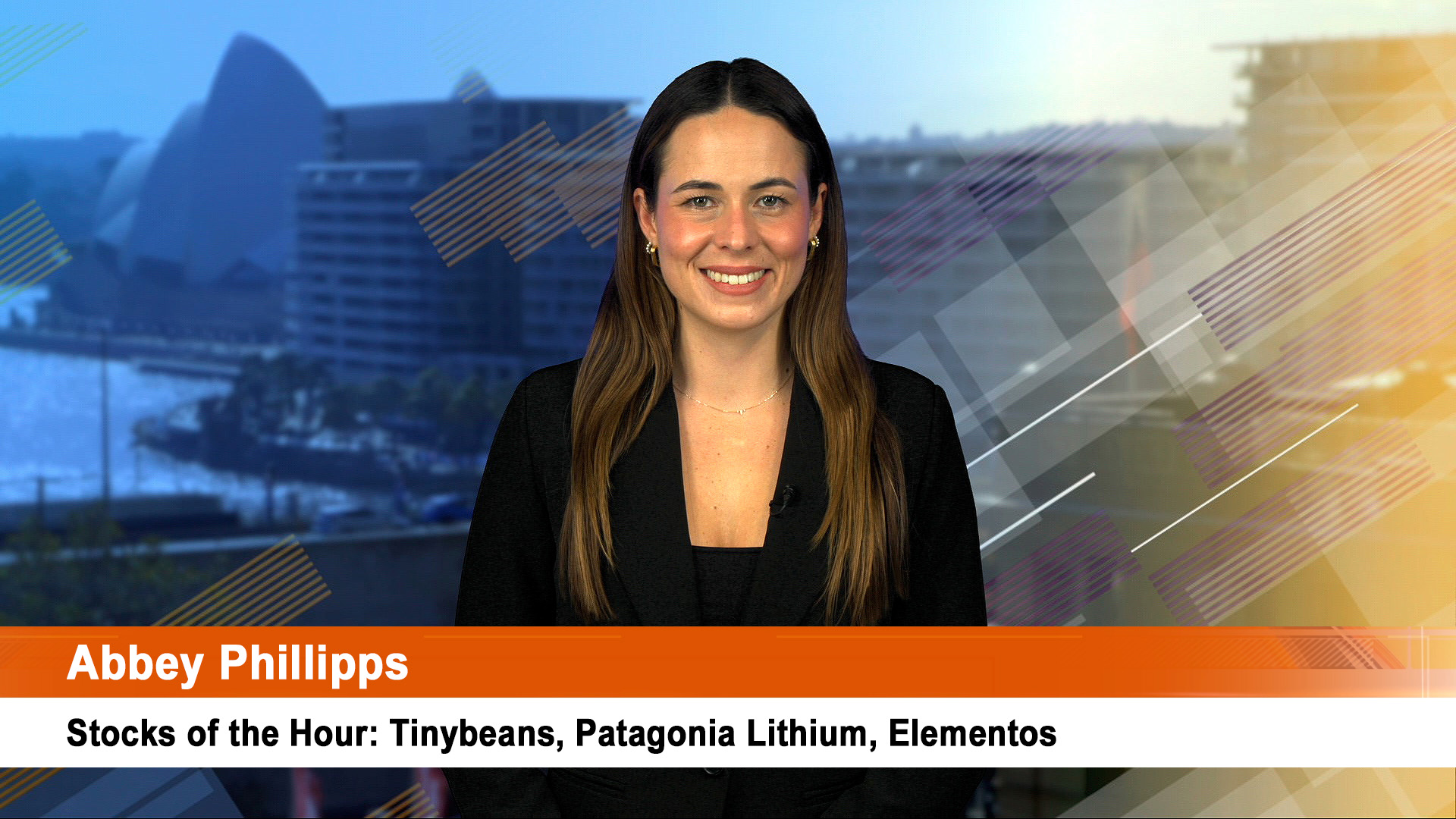For all the angst in stock markets it’s the conditions in the interbank market that remains the key to confidence and sentiment levels.
It’s where Bear Stearns was sunk and where the major central banks are concentrating to try and keep liquidity plentiful.
Complicating things is the cynical attempt by bear Stearns ‘ shareholders to get JP Morgan to lift its offer from $US2 a share to $US8-$US10 a share: That happened overnight. The new price is $US10 a share but JP Morgan has to wear the first $US1 billion of losses. The Fed will back the next $US29 billion..
That credit line is the one thing stopping the markets from again shaking. Bear Stearns employees who own one third of the listed shares plus some big individual and pension fund holdings are trying a form of blackmail to get a higher price.
It could sink the rescue and plunge markets back into a funk.
And it’s not only banks that are feeling the strain. CIT Group, America’s biggest independent commercial finance business, drew down on $US7.3 billion of emergency credit lines late last week and said that it might have to sell assets after it was shut out of the short-term debt markets
That’s where Bear Stearns came unstuck; it’s where three German banks also hit a big pothole, and it’s where tremor ran through the British banking sector last week.
To continue to maintain liquidity levels, the Fed will be making up to $US75 billion available this week to US banks and investment firms that need cash and are willing to bid for it. That will be done by way of an auction later in the week.
The Bank of England pumped over $23 billion into the markets last Thursday in emergency aid to banks, while a similar amount was provided by the European Central Bank.
In the US the Federal Reserve aid peaked at $US28.8 billion for the banks from the discount window on Wednesday with Goldman Sachs and Lehman Bros both revealing they had accessed the facility in an effort to maintain market transparency and set a lead for other banks to use the aid. The borrowing averaged $US13.4 billion a day last week.
The Fed lent money through the newly created facility for financially strained investment firms to access short-term cash. This facility is similar to the Fed’s "discount window" for banks. Commercial banks and investment companies pay 2.5% in interest for overnight loans from the Fed.
Thursday’s report from the Fed also revealed that it was funding Bear Stearns via JP Morgan to the tune of around $US5.5 billion a day last week.
CIT’s woes have been building for a number of weeks. It lost money in 2007, despite having revenues of around $US8.6 billion. Losses of $US1.3 billion from its subprime lending and its consumer division plunged the group into the red and offset strong earnings elsewhere from its businesses financing and leasing.
It said Thursday that it was drawing upon its $US7.3 billion in unsecured US bank credit facilities.
"The Company will use the proceeds to repay debt maturing in 2008, including commercial paper, and provide financing to its core commercial franchises. Over the near term, the Company will continue to actively seek additional funding sources, as well as explore and execute on the sale of non-strategic assets and/or business lines.
“Our decision today is a result of the protracted disruption in the capital markets as well as recent actions by the rating agencies,” CIT said in the statement.
CIT shares hit a 52-week low of $US6.75 last Thursday ahead of the news.
Both Moody’s Investors Service and Standard & Poor’s cut some of CIT Group’s credit ratings because of the company’s reduced financial flexibility due to the credit market turmoil and Fitch Ratings put its ratings for CIT on review for possible downgrade.
CIT is struggling to shake off the tarnished image it still has from its adventures in subprime lending and home equity finance and short term lenders have refused to deal with it, much in the way they did with Bear Stearns.
It claims around $US80 billion in various forms of assets globally. It operates in Australia and New Zealand.
The Fed’s $S75 billion of Treasury securities will be auctioned this Thursday.
The new lending program was announced by the Fed two weeks ago (and is in addition to the discount window operations). It will allow investment firms to borrow up to $US200 billion in Treasury securities by using some of their more risky investments as collateral. The auction on Thursday will be the first of the new facility
The Bank of England announced an unprecedented series of $11 billion cash injections for the banking sector, after UK banks requested more liquidity last week.
The $US23 billion auctioned by the bank was double the original amount and will be followed by weekly auctions of around $US11 billion until April 9 when the bank’s policy setting committee next meets.













